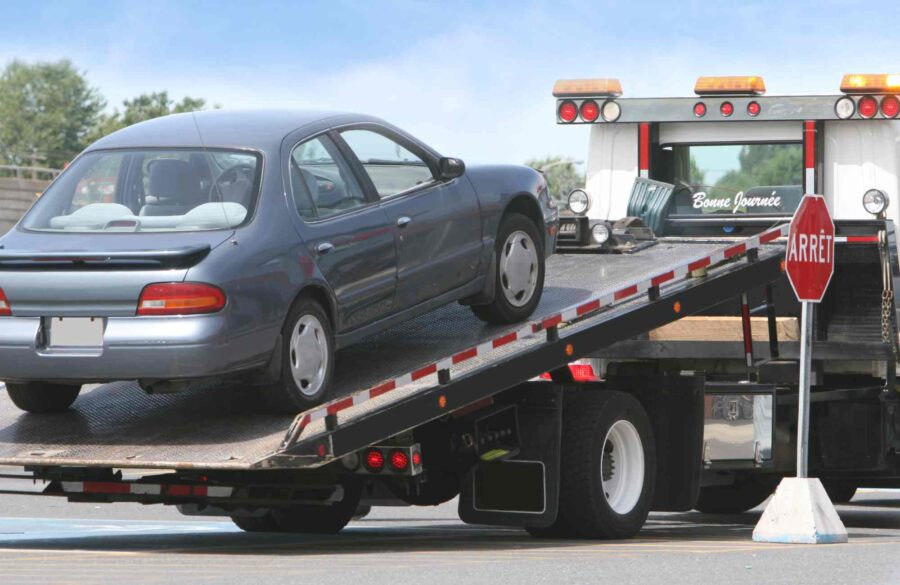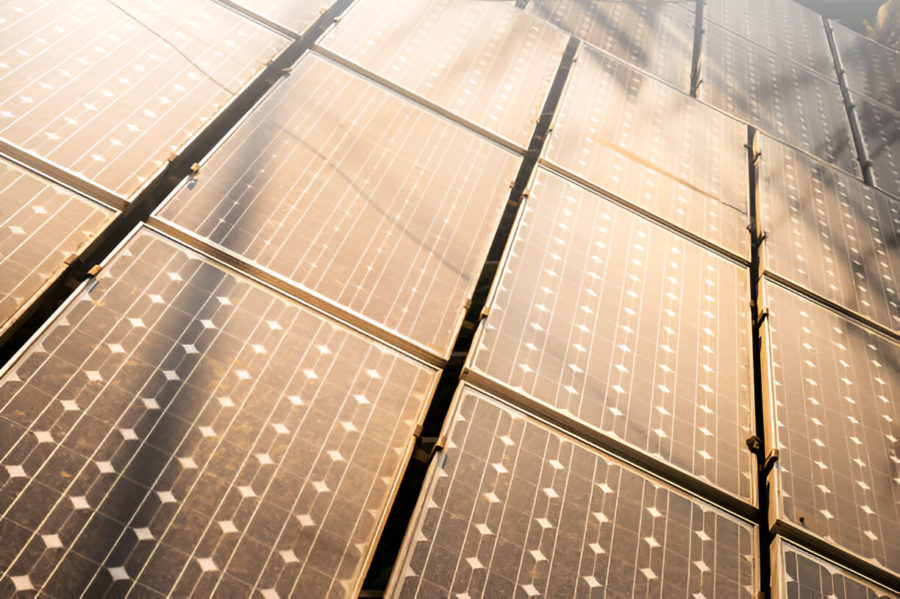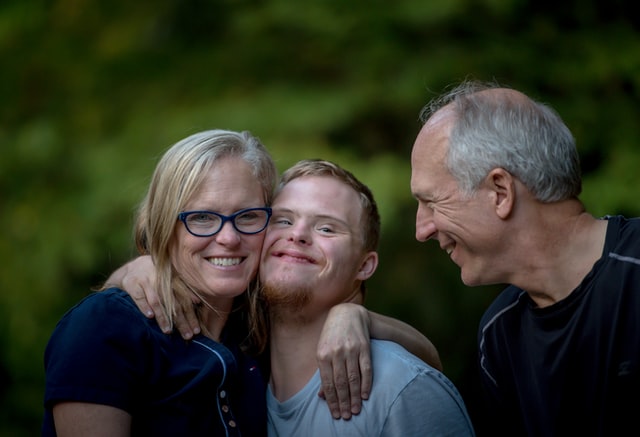Introduction
Christened the discovery of pilates, that newly shaped arc from hibernation, or is it freshly born out of a cocoon’s mystery? Indeed, some query what made all these classes in place for the long haul in the fitness trend. Welcome here- pilates is guaranteed body-training workout technique. This is meant to strengthen, open, and balance body and mind-in-discord. There exists a pilates class in Perth for anybody, whether the goal is toning up, settling stress, or even working through injury.
Overview of Pilates in Perth
Growth of Pilates Popularity
In the last ten years, Pilates has boomed in popularity among the countries which is full of life, such as Perth. With its unique combination of health and mind-alignment, the trend has spread rapidly within a very short period. As a result, all fitness centers are today offering classes catering to every need and demand.
A Look into the Local Scene
Such is life in Perth, where one can easily find the diverse Pilates scene, ranging from the solitary flurry of vibrant students in a trendy studio to the more multipurpose but hushed patience of private sessions presented. There’s a whole welcoming community willing to support you throughout your journey.
Types of Pilates Classes in Perth
Mat Pilates
Mat Pilates is maybe the hottest one. It is mainly about body weight exercises that are performed on a mat to really build strength and flexibility without needing any complicated machines. It is fit for new comers and pros alike!
Reformer Pilates
If you’re looking for something to spice up your life, you might want to try Reformer Pilates. It adds resistance to exercises using a reformer machine to give a deeper engagement of muscle. Ideal for someone who needs a little extra challenge!
Clinical Pilates
Clinical Pilates is designed and focused towards rehabilitating injuries and is usually performed under the supervision of a professional. If you are recovering from the injury, this is a personalized method tailored towards your very needs and thus very safe for your body to regain strength.
Group vs. Private Classes
Group classes bring that social and fun angle, while private sessions can get very personal. Both have their plusses, depending on what works better for you and your goals!
Finding the Right Class for You
Assessing Your Fitness Level
It is prudent to assess your fitness level before platooning it into any action. Mostly, even if you’re just starting or have been in fitness for several years, knowing where you stand will determine what are the best choices when a class type is concerned.
Understanding Your Goals
What do you intend to achieve with Pilates? Core strength, flexibility, or mindfulness would be important identification marks to guide you to the right class.
Top Pilates Studios in Perth
Studio 1: Overview and Offerings
A studio that many Perthians wouldn’t hesitate to refer you to is Pilates Connection. It is well-known for having friendly environments and excellent instructors who offer the best mat and reformer classes at every level.
Studio 2: Overview and Offerings
Yoga and Pilates Perth is not only a place where you can book a very private session, but you will also have classes like pre-natal Pilates, which are very much suited for mothers-to-be willing to keep fit.
Studio 3: Overview and Offerings
Reform Pilates is another excellent selection, offering its clients the most advanced equipment while offering a varied timetable full of courses. The instructors are well qualified, hence promising you the best experience possible.
What to Expect in a Pilates Class
Typical Class Structure
Thinking about what usually goes down in a typical class? Warm-up would come first, after which you would perform exercises more targeted on certain muscle groups. A session will often end with cool-down moves that relax and stretch.
Equipment Used in Classes
You might come across various equipment in addition to mats, such as reformers, resistance bands, and stability balls, all of which are good tools to add variety and depth to your workout.
Common Exercises and Their Benefits
Classic exercises, such as the “Hundred” and “Roll-Up,” are often found in your classes. The primary purpose of these exercises is to improve your core strength, control, and overall awareness of your body!
How to Prepare for Your First Class
What to Wear
Wear something comfortable! Opt for loose-fitting exercise attire that permits freedom of movement such as leggings or fitted tops. Remember to keep your hydration in check with a water bottle!
Things to Bring
Most studios provide mats, but if you prefer using your own, please feel free to bring it along. And don’t forget a towel for giving yourself a wipe-on against the sweat!
Mindset Tips
Relax and keep an open mind! The very first class may feel lots of firsts for you. But keep in mind that everyone was a beginner. Allow yourself to have some fun in the process, rather than trying to be perfect!
Pilates Classes in Perth: Strengthening, Stretching, and Staying Fit
Looking for a low-impact workout that strengthens; stretches, and posturises you? Pilates classes in Perth are the perfect balance between fitness and relaxation. From beginner to class veteran, you will be learning how to strengthen your core; increase mobility; and relieve stress.
Professional instructors and a friendly environment allow Pilates classes in Perth to cater to all fitness levels. Whether mat Pilates or reformer classes, something is provided for everyone. Start your journey toward a healthier body and mind today!
Benefits of Regular Pilates Practice
Physical Health Benefits
From improved posture to greater strength, the advantages of Pilates are many! You should notice further increase in flexibility, better coordination, and diminished back pain over the years!
Mental Health Benefits
And while the physical benefits are great, Pilates also helps you practice mindfulness, relieving some stress and thus anxiety. It is a good way to unwind, making your mind feel fresh after the dirty day.
Cost of Pilates Classes in Perth
Pricing Breakdown
The cost varies quite a lot depending on the type of studio and type of class. A decent ballpark would be, say, $15 to $30 for a mat class; private sessions are often quite a bit more since you’re paying for individual attention.
Packages and Discounts
Most studios provide membership packages or deals; these can be an excellent way of saving money if you’re looking at attending on a regular basis. Grab any introductory deals you can!
Frequently Asked Questions About Pilates
Common Misconceptions
Pilates is one such popular myth wherein it’s only for women, or it’s easy. The fact is that everyone, boy or girl, any age or a soul of any common fitness level – it is for all and often the most challenging.
Safety Concerns
Before taking up lessons, you could approach your instructor if you have some pre-existing health problems or injuries. The instructor might have some remedy regarding the practices.
Conclusion
Last, but not the least, Pilates classes in Perth are all about endless possibilities when it comes to improving the mind and body. Some may prefer a specific class type, while others may just love their friendly instructors. Why not start this incredible journey today? Your body and mind will thank you later!










